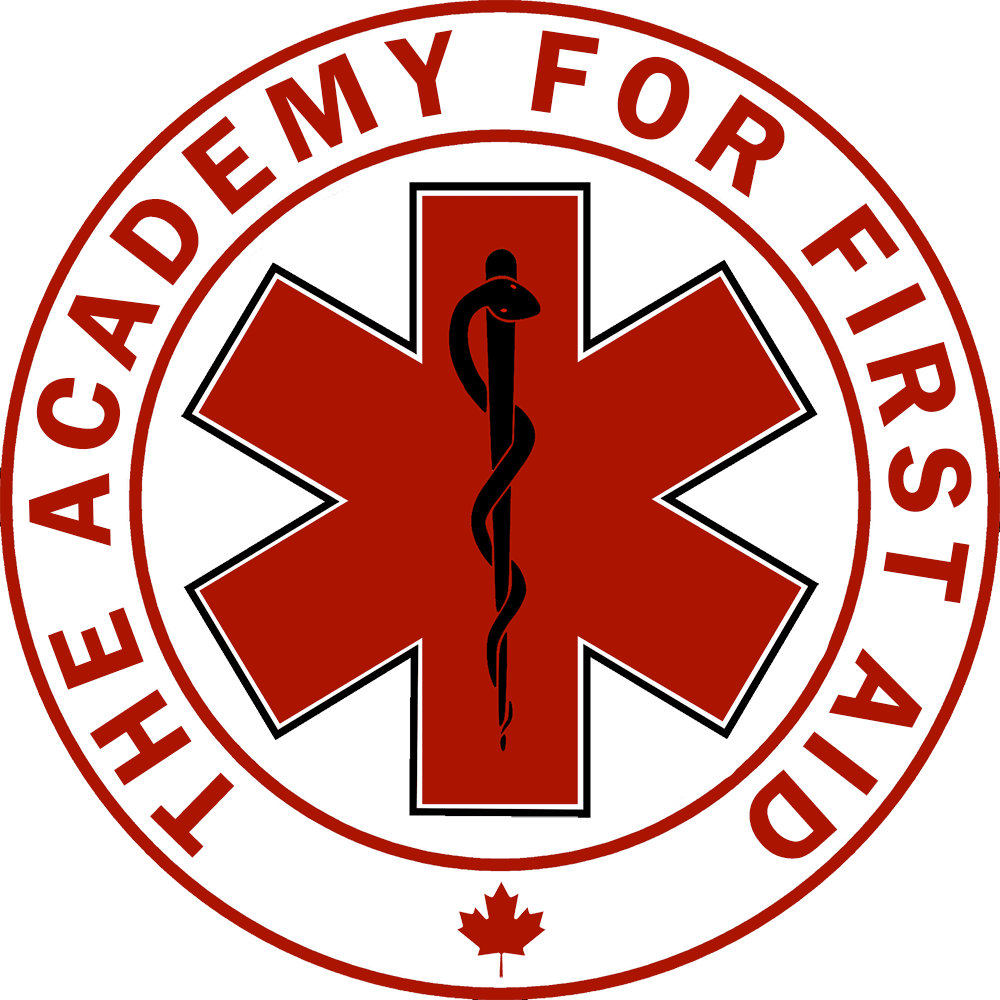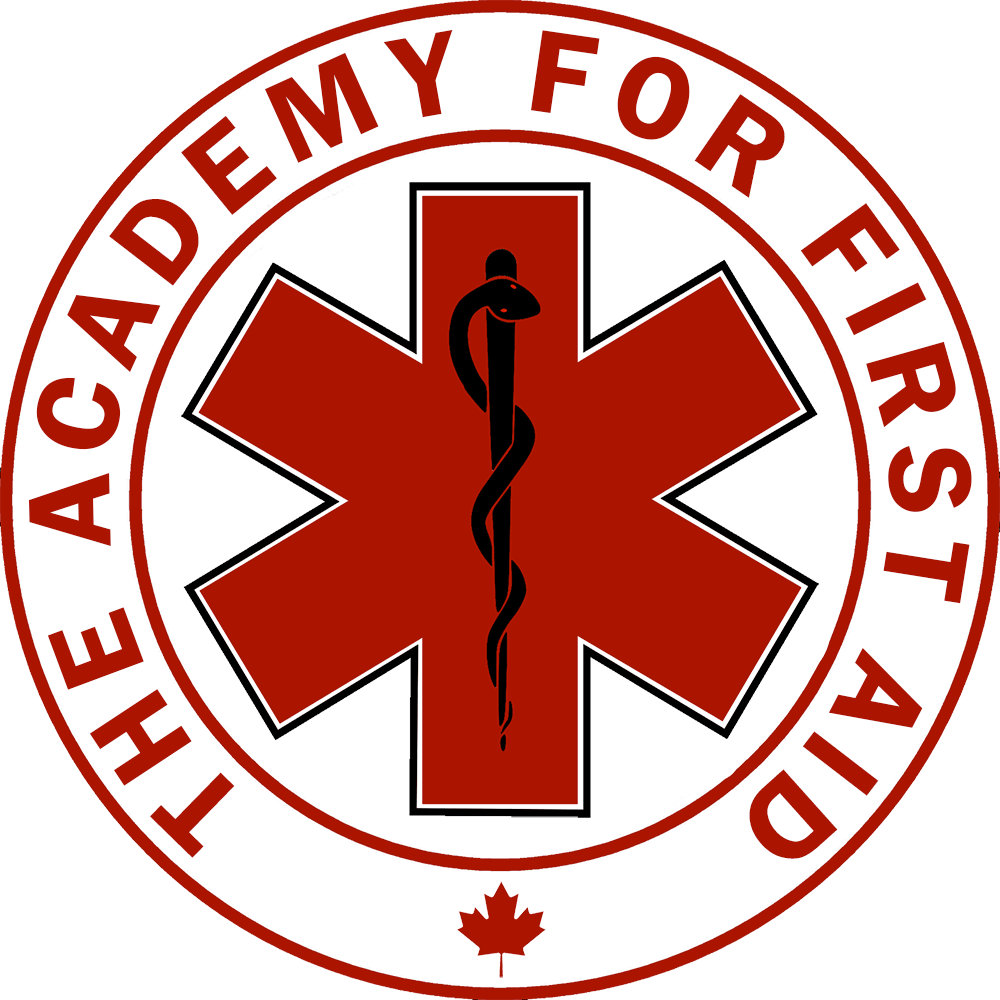checklist confirmed
Thank-you for filling out the checklist. Please check your inbox and junk folders for a confirmation of your checklist for your upcoming class.
Hope to see you soon!
first aid cpr training for toronto public health nurses at metro toronto convention centre in toronto
basic life support training for
TORONTO PUBLIC HEALTH
The Academy for First Aid and Safety is a WSIB and CSA approved basic life support training provider for healthcare providers. Our knowledge and expertise providing critical care life support training is second to none. We are proud to be the selected training provider for Toronto Public Health in 2021 at The Metro Toronto Convention Centre’s mass vaccination clinic!
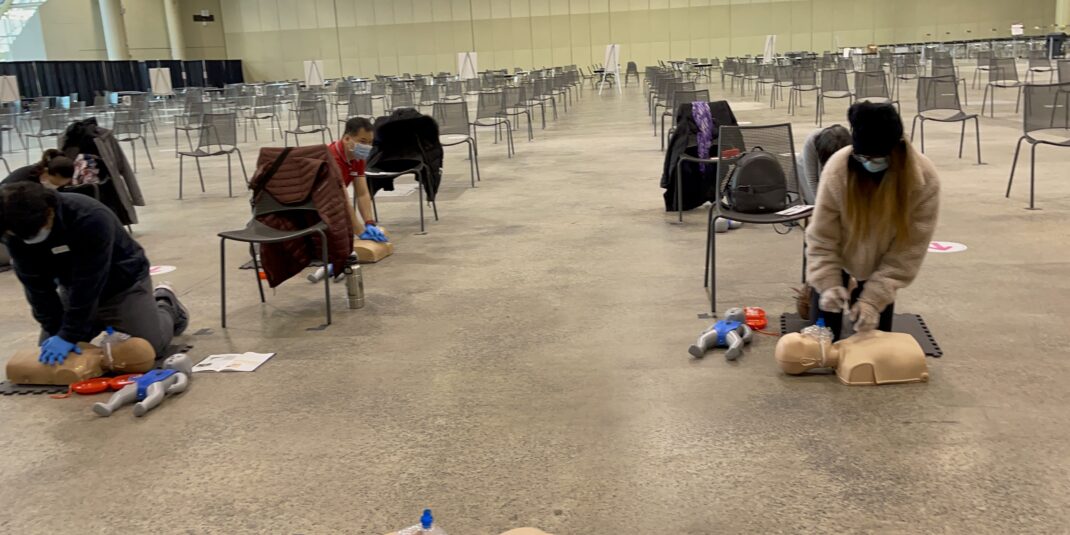
BLS at Metro Toronto Convention Centre: February 2021:
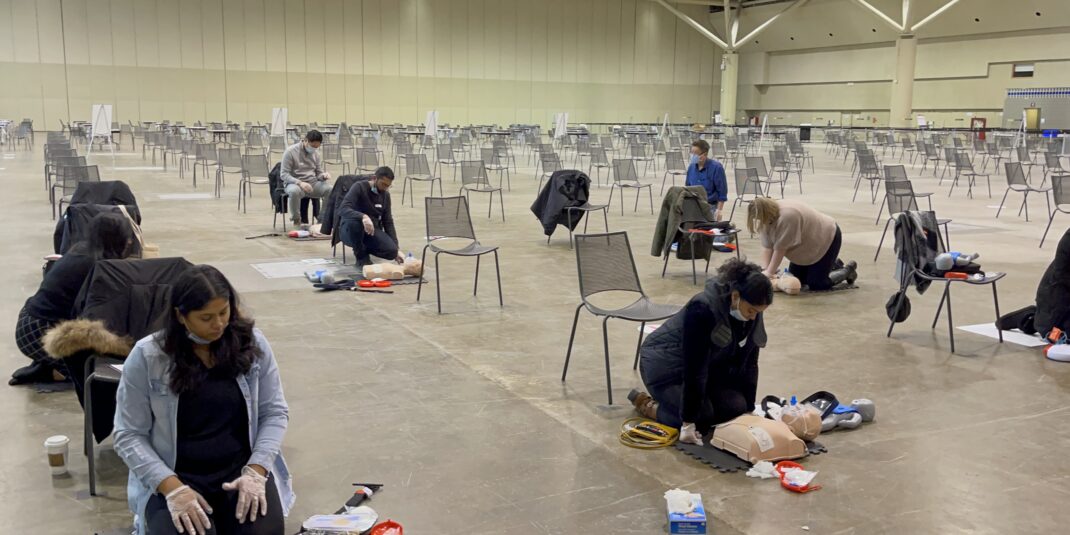
Basic Life Support for Toronto Public Nurses:
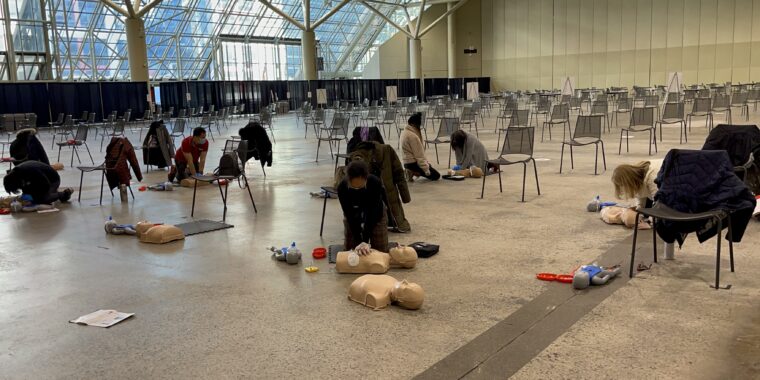
WSIB approved trainer for Basic Life Support (HCP):
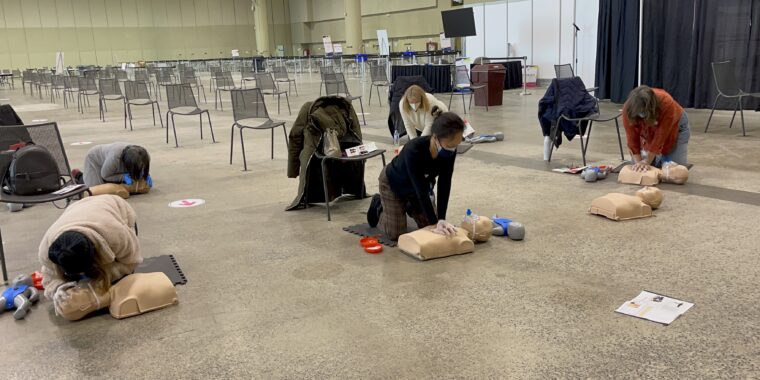
CPR with AED training for Toronto Public Health:
February 2, 2021
Are you a nurse, personal support worker, or first responder responsible for providing critical care? Are you a student at a community college or university seeking to get your proper CPR and basic life support certifications for your course prerequisites? If so, The Academy for First Aid and Safety wishes to invite you to any of our 4 locations across the Greater Toronto area to participate in our life support classes which are geared towards healthcare providers in the healthcare industry!
COURSE CONTENT BREAKDOWN:
-
CHAPTER ONE: INTRODUCTION TO BASIC LIFE SUPPORT: 10:00am-10:30am
One of the most important skills participants will learn is to understand what your role is in an emergency. This plays a critical role to ensure coordination, which ensures you and your team provides the best quality care in an organized and coordinated fashion. High performance CPR involves performing CPR with minimal to no interruptions. This ensures the highest chance for survival in a life threating situation.
-
CHAPTER TWO: BASIC LIFE SUPPORT SKILLS: 10:30am-12:00pm
In this chapter, participants will learn how to don and doff gloves to prevent disease transmission, a primary survey, chest compression ratio, an introduction to oxygen administration using a bag valve mask (or BVM), airway obstruction, and assisted ventilations during a respiratory arrest.
-
CHAPTER THREE: AIRWAY MANAGEMENT OPTIONAL 1/2 HOUR
Participants will learn how to open the airway using the cross finger (scissor) and tongue jaw lift technique, learn how to use adjuncts (oropharyngeal and nasopharyngeal) for a clear and unobstructed airway. For intubation, participants will learn how to insert a supraglottic airway if other airway management methods fail.
Fluid in the lungs can cause aspiration, so suctioning is taught to keep the airway clear of fluids that may interfere with breathing and a clear airway.
*****Please note that this chapter is an add-on and is not included in the BLS only course. -
CHAPTER FOUR: OXYGEN THERAPY: OPTIONAL 1 HOUR
Hypoxia and hypoxemia is a decrease in oxygen in the tissues and blood. If not corrected, it can lead to death. All participants will be taught to use a pulse oximeter to measure oxygen saturation in the blood as well as the heart beat rate. This will determine whether or not you should administer supplementary oxygen to bring the oxygen concentration up to normal levels. This can be achieved through the use of oxygen cylinders.
Participants will be taught how to set up and operate oxygen tanks, regulators, and select the proper type of oxygen delivery device based on their oxygen saturation level.
*****Please note that this chapter is an add-on and is not included in the BLS only course. -
BREAK 12:00pm-12:25pm
Break
-
CHAPTER FIVE: SPECIAL CONSIDERATIONS: 12:25pm-1:45pm
Nine special considerations are covered in this chapter:
1. Trauma: Stabilizing the patient to prevent further movement.
2. Hypothermia.
3. Opioid overdose: Naloxone training.
4. Anaphylaxis: Use of epipen.
5. Six rights of medication.
6. High performance CPR.
7. Post cardiac arrest care.
8. High performance team communication.
9. Post event debrief. -
END OF CLASS QUIZ: 1:45pm-2:00pm
Your quiz contains 20 questions and is multiple choice. A minimum of 75% is required to successfully pass the written quiz component of this class.
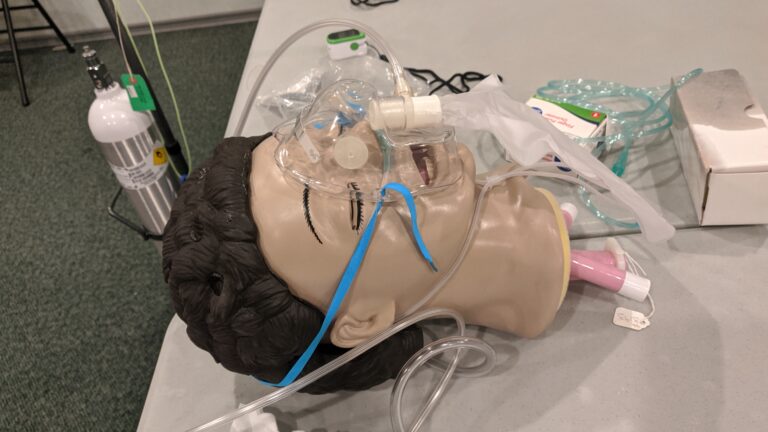
The Academy for First Aid and Safety is committed to provide unparalleled basic life support for our heroes during the Covid-19 pandemic. Our expertise and training is second to none.
The Academy for First Aid and Safety Follow
Why choose The Academy for First Aid and Safety for your basic life support (HCP) needs?
- WSIB and CSA approved basic life support provider!
- Canadian Red Cross certification!
- Instructors are all Red Cross certified!
- Modern training equipment: all CPR mannequins have light sensor feedback!
- 3 locations to serve you!
- 2000 square foot training rooms for social distancing!
- Toronto facility is a Covid-safe facility with plexiglass barriers!
BASIC LIFE SUPPORT
Healthcare provider course (HCP)-
1 day 4 hour course
-
Canadian Red Cross certificate
-
Available in Toronto and Brampton
BASIC LIFE SUPPORT
With Standard First Aid-
2 day course
-
Canadian Red Cross certificate
-
Available in Toronto and Brampton
Covid-19 safe first aid and CPR and AED facility now open in Toronto Vaughan
NOVEMBER 10, 2020
BREAKING NEWS:
OUR COVID-19 SAFE TRAINING FACILITY IS NOW OPEN!
Covid-19 safe facility fully equipped with plexiglass barriers and industrial sanitation or first aid, CPR, AED, and Basic Life Support (HCP) classes in Toronto and Vaughan:
October 1, 2020:
The Academy for First Aid and Safety’s Covid-19 safe training academy is now open at Canada’s largest home improvement shopping mall in the country: Improve Canada. This massive shopping mall encompasses 320000 square feet of luxurious shopping space catered to the home improvement industry.
However, The Academy for First Aid and Safety has chosen this prime retail location to be their main headquarters. The Academy for First Aid and Safety is a Canadian Red Cross training partner, offering WSIB and CSA approved first aid, CPR, AED (automated external defibrillator), and basic life support (HCP) certification courses. They are located at Unit 239 at Entrance F.
What makes their location so special? The Academy for First Aid and Safety of Toronto / Vaughan is truly unique: A training facility desgned to keep participants safe during the challenging and frustrating Covid-19 pandemic:
– Plexiglass barriers for all seats.
– Prime location inside a prime shopping mall.
– ULV foggers for industrial sanitation.
– 3000 square feet auditorium for CPR and other skills assessment, allowing everyone to socially distance 10 feet.
7250 Keele Street, Unit 239
EXPERIENCE THE LUXURY AND SAFETY FOR FIRST AID AND CPR TRAINING IN TORONTO & VAUGHAN:
EASILY ACCESSIBLE
Ground floor, unit 239. Wheelchair accessible, prime retail locaton
Stay safe during your class
Plexiglass barrier seating & sterilization
PRIME LUXURY SPACE
spacious and modern
The Academy for First Aid and Safety’s strict Covid-19 entrance requirements: Temperature control checks, Covid-19 questionnaire, mandatory face mask and handwashing before entry: Very stringent Covid-19 protocols to keep everyone safe:
The Academy for First Aid and Safety’s industrial sanitation includes sanitizing the classroom twice per day with ULV foggers that kill Covid-19 in just 1.5 minutes. Health Canada approved sanitizer is used to prevent Covid-19 in the classroom.
Being the first and only first aid and CPR training academy in Canada to be located inside a prime shopping mall isn’t easy. By choosing a prime retail location for first aid and training certification needs, all participants can enjoy the following:
- Over 1500 free parking spaces!
- Modern decor and amazing architecture: Mall just opened in 2017!
- Ground floor, wheelchair accessible facility.
- On site food court.
- On site relaxation lounge.
- 18 seat capacity lecture room.
- 3000 square feet skills assessment room.
THE ACADEMY FOR FIRST AID AND SAFETY OF TORONTO AND VAUGHAN PUTS SAFETY AS THEIR TOP PRIORITY. LEARN FIRST AID CPR AED AND BASIC LIFE SUPPORT IN A SAFE ENVIRONMENT WITH STRICT HEALTH AND SAFETY PROTOCOLS. TOGETHER, WE CAN DEFEAT COVID-19!
- THE ACADEMY FOR FIRST AID AND SAFETY: CANADIAN RED CROSS TRAINING PARTNER Tweet
check call care
Did you know that in the event of a medical emergency, there are a series of primary protocols in which first aiders must do to ensure the best outcome.
The Canadian Red Cross calls it CHECK, CALL, CARE:
CHECK:
The scene must be safe prior to the first aider helping out. Under no circumstances should the first aider help if it jeopardizes their safety. Examples of unsafe scenes include:
- Out of control fires that are spreading rapidly.
- An imminent explosion due to a gas leak and fire nearby.
- Traffic that fails to stop in the event of someone getting ht by a car.
- A person drowning in a pool when you do not know how to swim.
CALL:
Call 9-1-1 and get an automated external defibrillator ASAP. If you do not have a phone to call, try to send someone to call. If you send someone to call, ensure you send the least experienced person. You always want the most experienced personnel to remain at the scene to provide care.
If you can, use a landline or a public payphone. Although they are getting rare, landlines and public payphones are great because the dispatcher can pinpoint your exact location, even including unit number if you are in a building. Most likely, people who call 9-1-1 will use a cell phone, which is totally fine. But just keep in mind that you will have to give the dispatcher the address and unit number. If you are in the middle of the road, give them the closest intersection with a landmark, such as a restaurant or building.
CARE:
First aiders must know whom to care for first. This is broken down in order of priority:
- Breathing.
- Deadly bleeding
- Wounds.
Anyone who is not breathing is automatically the top priority. First aiders would immediately perform CPR.
Any injuries that involve deadly bleeding will be attended to next. This is bleeding that is difficult to control, and can lead to death if not stopped.
Common mistakes that participants make on their written test is the sequence. It is important that participants understand that it is in order of priority. For example, you should not care without checking the scene is safe to begin with. If the scene is not safe, then you cannot care for the injured.
Ken- Canadian Red Cross first aid instructor Tweet
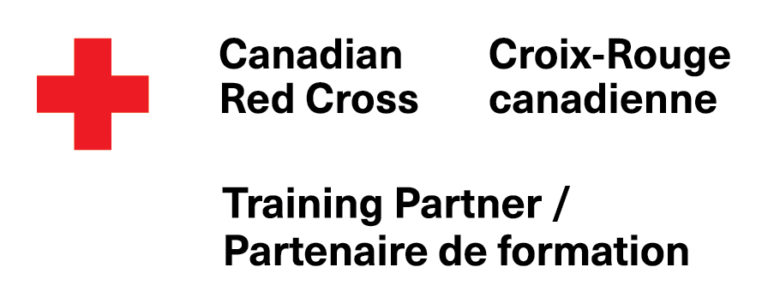
The Academy for First Aid and Safety of Toronto is a Canadian Red Cross Training Partner. We provide high quality, interactive, fun, and knowledgeable first aid, CPR, AED, and Basic Life Support (HCP) training in Toronto, Hamilton, and Brampton.
To join a class, please
strokes-how-to-care-for-a-stroke
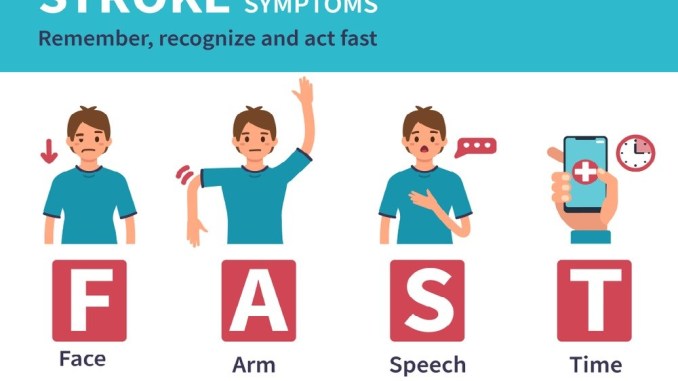
Caring for someone that is suffering from a stroke is much different from caring for someone that is having a heart attack. With the wrong intervention, believe it or not, you can make the situation much, much worse.
A stroke can either be a ischemic stroke, a hemorrhagic stroke, or a stroke due to a tumor. All 3 types of strokes bear the same signs and symptoms.
Kien Hoang: Canadian Red Cross First Aid & CPR Instructor: Tweet
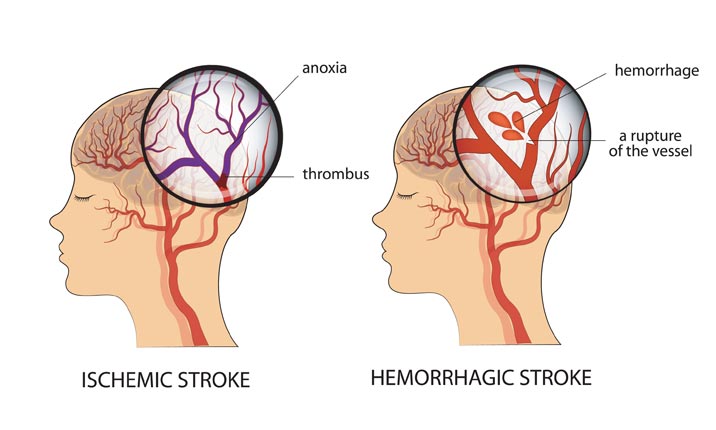
Take a look at the left diagram where an ischemic stroke is illustrated: It clearly shows that a lack of blood flow to the brain occurred due to narrowed arteries, which eventually forms a clot in the arteries that feed the brain. Contributing are smoking, poor diet, lack of exercise, and stress. The right diagram shows a rupture in an artery that feeds the brain blood. Ruptures commonly happen due to high blood pressure, which pushes against the walls of the artery, eventually causing it to fail and rupture. Instead of blood reaching the brain, it leaks out of the artery, failing to feed the brain the blood it needs to function.

Asprin is to be avoided during a stroke. Many may assume that the stroke is due to clogged arteries (ischemic stroke). Let’s just say for a moment that it is true: The patient is suffering from an ischemic stroke. If you had administered Asprin, you would of likely saved their life: The Asprin thing out the blood, and reduces clumping action at the clot, allowing more blood to pass through the clot to feed the brain.
However, if it was a hemorrhagic stroke, Asprin can be fatal. Thinning out the blood when there is no clot, but a rupture can (and will) make the situation much, much worse. Because an aneurysm is due to a rupture in the artery wall, Asprin will simply cause more bleeding. And because a first aider cannot distinguish between a hemorrhagic stroke and ischemic stroke, The Canadian Red Cross strongly advises NOT to administer Asprin. Instead, call 9-1-1 to get them to the hospital ASAP for the quickest intervention possible.
Want to learn more on how to save a life? Call The Academy for First Aid and Safety now at 1-877-659-3215 or visit www.academyfor1staid.ca and join one of our many first aid and CPR classes! We have weekday and weekend classes, and are WSIB approved!
test
The Canadian Red Cross Moves to Digital Certifications:

Digital certifications are coming as of October of 2017!
The Academy for First Aid and Safety is proud to announce an exciting change from the way the Canadian Red Cross issues its certifications:
In October 2017, The Academy for First Aid and Safety will transition from a physical wallet card based certification to a digital certification. Each certification will have a unique serial number in which the student can verify its validity. Furthermore, the student would not need to pay for a replacement card anymore since it is in digital format and is stored on the student’s phone, computer, and the Canadian Red Cross’ mobile app.
In order to remain in compliant with Regulation 1101 of the Workplace Safety Insurance Act with keeping proper records of all certifications, our academy (who is in partnership with the Canadian Red Cross Society) will implement these changes. This will be a national wide change and every Canadian Red Cross training partner will undergo the same transition, regardless of which Canadian Red Cross training partner you obtain your certification from.
What will this mean for all students who take a first aid and / or CPR course from our Academy?
- A physical wallet sized card will no longer be issued. Instead, a digital card will be e-mailed to your inbox.
- If you lose your certification, there would be no need to make a payment to obtain a replacement card.
- A paper copy of the first aid and CPR training booklet that you would traditionally receive at our classes will be replaced by a digital copy sent to your e-mail. The digital booklet can also be accessed through the Canadian Red Cross Society's mobile app.
- Should you require a paper copy of the first aid and CPR booklet, they will be available for purchase for a small fee of $7.00.
- Every digital certification will contain a unique serial number which can verify your certification's authenticity and personal details.
With the upcoming changes to the way we issue Canadian Red Cross certifications, we look forward to delivering you high quality, fun, and interactive first aid and CPR training programs in the greater Toronto area. We anticipate that these changes will simplify the way certifications are held, stored, and retrieved in the unfortunate event of it becoming lost or stolen.
– The Academy for First Aid and Safety of Toronto
Delivering interactive, fun, amazing, and futuristic first aid and CPR training courses!
The Academy for First Aid and Safety is a registered and certified training partner with the Canadian Red Cross Society. We deliver hands on, comprehensive first aid training courses (including CPR, AED use) which meet the provincial requirements as outlined from WSIB of Ontario and the Ministry of Labour. Our academy services the greater Toronto area including Mississauga, Brampton, Hamilton, Vaughan, Richmond Hill, and Markham.
Automated external defibrillator use: What are they and how are they used?
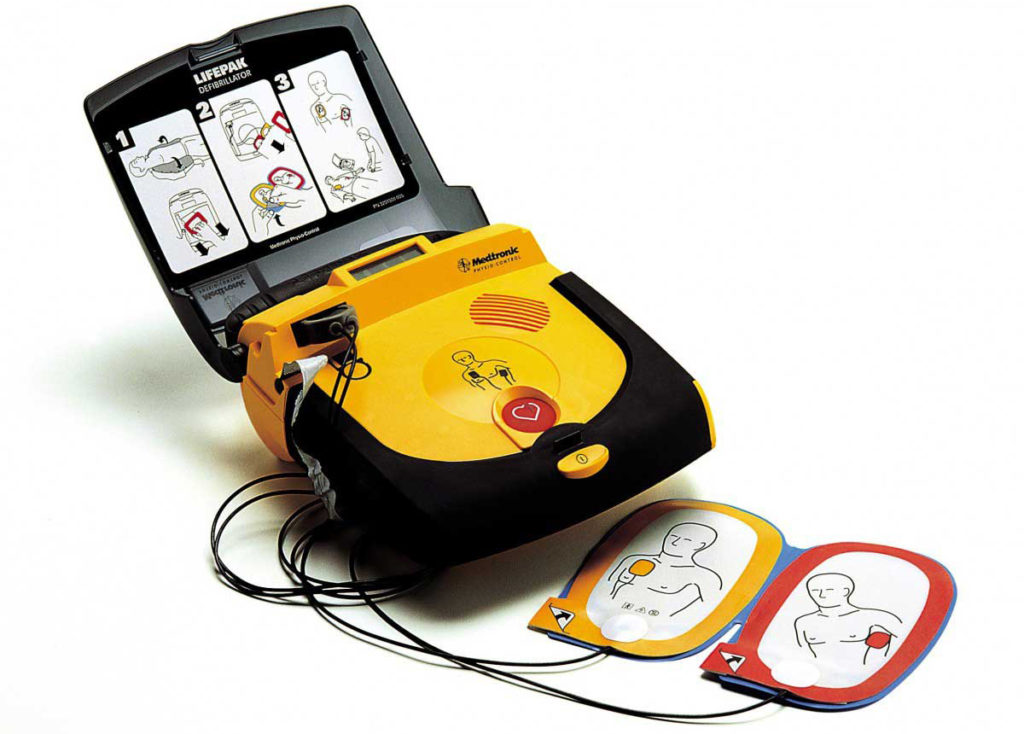
AEDs (or automated external defibrillators) are battery operated portable devices that provide critical medicare in the event of a cardiac arrest. They are simple to use, in fact, it is quite possible for someone without any training whatsoever to use it properly the first time and successfully revive a person in the event of a medical situation.
What do AEDs do?
AEDs detect abnormal heartbeat rhythms through the two shock pads that are placed at the top left and bottom right of the patient’s torso. Once in analyzing mode the shock pads detect what kind of heartbeat rhythm the patient has, which determines whether or not a shock is needed to re-establish a normal heartbeat rhythm.

Abnormal heartbeat rhythms:
- Ventricular bradycardia: Heart beat too slow, abnormal.
- Ventricular tachycardia: Heart beat too fast, abnormal.
- Ventricular fibrillation (or v-fib): Rapid, irregular heartbeat rhythm.
- Asystole: No heartbeat rhythm, no electrical activity, or “flat line.”
How AED's Save Lives:
AEDs detect the heartbeat rhythm of a patient. If the shock pads detect an abnormal heartbeat rhythm (bradycardia, tachycardia, fibrillation), the AED will charge up to deliver a shock to the torso are an effort to re-start the heart and re-establish a normal heartbeat rhythm.
What about asystole?
It is a common myth to assume that a defibrillator will shock the heart when it is “flat line” in order to re-establish a heart beat rhythm. The truth is, the AED doesn’t deliver any shock if asystole is detected. In order to re-establish a heartbeat rhythm again, manual CPR compression is needed. Paramedics can also inject adrenaline drugs in the body in order to stimulate electrical activity in the heart in combination with manual CPR compression and oxygen administration.
Do I need training in order to use an AED?
AED manufacturers make the use of AEDs as simple as possible through voice prompts. As soon as you turn the AED on, the AED will give you systematic voice prompts to instruct you on what to do. The most common voice prompts an AED gives you are:
- AED is on and initialized.
- Remove clothing from person’s chest.
- Attach pads as shown on the diagrams on the shock pads.
- Plug in connector.
- AED in analyzing mode and to stand clear of the body.
- AED determines whether or not a shock is needed. If needed, it will charge up. A warning sound will sound off and another alert to stand clear will be given.
- Instruction to push the shock button.
- Perform CPR compressions for 2 minutes.
- Repeats at step 5.
By simply following the voice prompts systematically, it is very possible for someone who has not had any training in automated external defibrillator use to successfully revive a patient in cardiac arrest. However, it is highly recommended to obtain proper automated external defibrillation training prior to use due to the fact that any mistake you make can be fatal. The most common mistakes that our first aid instructors see from their students are:
- Pushing the shock button when someone else is performing CPR.
- Pushing the shock button when a bystander is touching the patient.
- Pushing the shock button when a body part is still touching the patient (i.e. knee touching patient’s torso).
- Pushing the shock button when a body part is too close to the patient.
- Failure to tell crowd around the patient to stand clear when delivering the shock.
- Improper sequence of AED use (i.e. plugging in connector first, turning on AED last).
- Distraction from bystanders, causing a disruption in concentration.
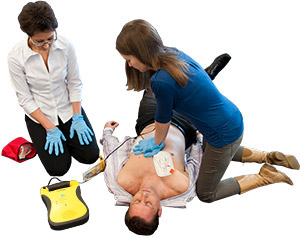
Other things to consider when using an AED:
- What to do if the patient is pregnant.
- What to do to if the patient has excess chest hair.
- What to do if the patient has jewelry or metal framed bras.
- What to do if the person is too wet (i.e. just came out of the pool).
- What do to if the person as an implanted defibrillator or pacemaker.
How our academy can help with proper AED use:
The Academy for First Aid and Safety of Toronto can deliver comprehensive theory and hands on training for automated external defibrillator use so you can use an AED confidently in the event of a cardiac arrest emergency. Regulation 1101 of the Employment Standards Act of Ontario has made AED use a mandatory subject when employees obtain their first aid and CPR certification.
The Academy for First Aid and Safety is a registered and certified training partner with the Canadian Red Cross Society. We deliver hands on, comprehensive first aid training courses (including CPR, AED use) which meet the provincial requirements as outlined from WSIB of Ontario and the Ministry of Labour. Our academy services the greater Toronto area including Mississauga, Brampton, Hamilton, Vaughan, Richmond Hill, and Markham.
What You Need To Know About On-line First Aid Training
So your employer or school has requested you to obtain first aid and CPR certification and you decide to obtain your certification from one of those on-line first aid providers. You do the course completely on-line, finish it, and print out your certificate that is automatically generated. Great, that was easy! Well, not so fast:
In the province of Ontario, only WSIB approved first aid providers are considered acceptable for employment and educational purposes. No first aid and CPR courses taken solely on-line is approved. There must be an in-class practical component in order for the first aid to be acceptable.

“We get students come to our academy all the time with the same problem: They pay money to obtain first aid and CPR certifciation solely on-line, only for their employer or school to reject the certification because it does not meet the needs of approved first aid and CPR,” says Kien Hoang, a first aid and CPR instructor from the Academy For First Aid and Safety of Toronto: A Canadian Red Cross training partner headquartered at 2428 Islington Avenue, Unit 17.
Students need to be aware that the first aid and CPR certification they need to obtain must be on the list of approved first aid trainers, as listed on the Ontario WSIB website.
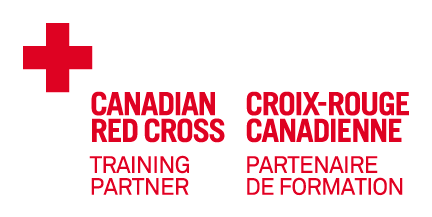
Blended on-line + in-class first aid and CPR available by the Canadian Red Cross!
The Canadian Red Cross, in partnership with the Academy For First Aid and Safety of Toronto offers a unique blended learning experience where students would be able to obtain their standard first aid and CPR certification in just 1 day in-class. This is made possible by learning an on-line component prior to attending the classroom. By offering a blended on-line + in-class version of the course (which typically used to be 2 days of in-class training), students can now spend less time in a classroom and more time on the job or at school! As always, our blended on-line + in-class first aid and CPR courses fully meet the WSIB requirements for approved first aid and CPR.
How does the blended on-line + in-class standard first aid course work?
- Student registers for the standard first aid and CPR course.
- After successful registration, student will get an e-mail from the Canadian Red Cross’s campus website with the PIN code to start their on-line component right away. This takes on average 4-6 hours to complete, depending on how fast you learn. This is an overview of what to learn in the in-class component.
- After completing the on-line component, a certificate is generated which states that student has completed the on-line component of the standard first aid and CPR course. It is highly recommended that you print this certificate and bring it to your class to show the instructor, but not necessary. Your instructor can check on-line to verify that you have completed your in-class component. Please note that you MUST complete your on-line component prior to commencing your in-class component!
- Attend your 1 day in-class first aid and CPR course.
- Upon successful completion of the course, you will receive your standard first aid and CPR certification at the end!
The blended on-line +in-class standard first aid and CPR course that The Academy For First Aid and Safety is a fantastic blended first aid course which allows everyone to obtain their certification in just one day! Spend less time in a classroom and more time on the job! For complete information about the blended first aid and CPR courses we offer in Toronto, please visit our course selector page.
